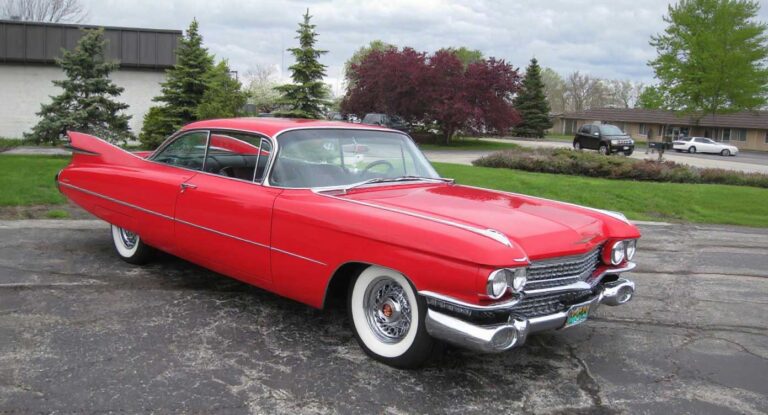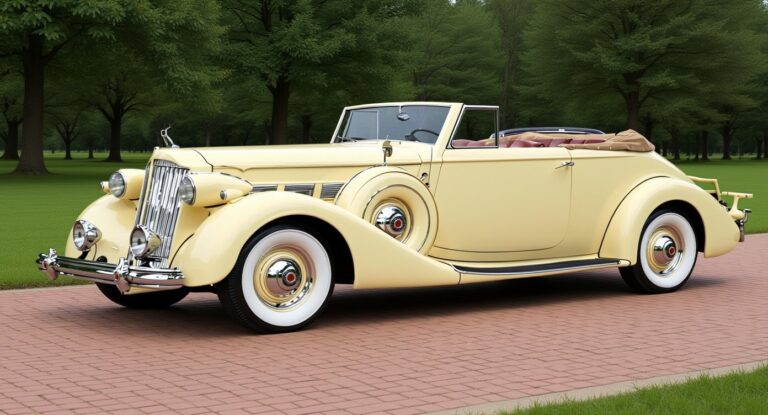The 1940 LaSalle Series 52 stands as a masterpiece of pre-war luxury engineering. Its 322 cubic inch L-head V8 engine delivers 125-130 horsepower through a smooth three-speed manual transmission.
Distinctive styling features include an iconic horizontal-bar grille and an aerodynamic steel body stretching 211 inches. The plush Bedford broadcloth interior seats six passengers in refined comfort.
While priced between Buick and Cadillac at $1,380-$1,895, this sophisticated automobile’s enduring influence extends far beyond its final year of production.
Design Legacy and Styling Mastery
Masterful elegance defined the 1940 LaSalle Series 52’s exterior design. Its smooth, aerodynamic contours flowed seamlessly across the steel body, while the iconic grille featured slender horizontal bars that balanced sportiness with sophistication.
Built on an X-member frame with deep side rails, the coupe commanded attention with its impressive 211-inch length and 78-inch width. The car’s substantial 3,124 mm wheelbase provided excellent stability and a comfortable ride quality.
Fisher Body’s expert craftsmanship brought the design to life, translating complex shapes into robust reality without sacrificing structural integrity. The wide fenders merged gracefully with integrated running boards, while dual side-mounted spare tires added athletic presence.
Chrome accents highlighted the coupe’s premium status, from bumpers to trim details. This masterpiece of pre-war design represented the perfect fusion of traditional luxury and emerging aerodynamic trends.
Engineering Excellence Under the Hood
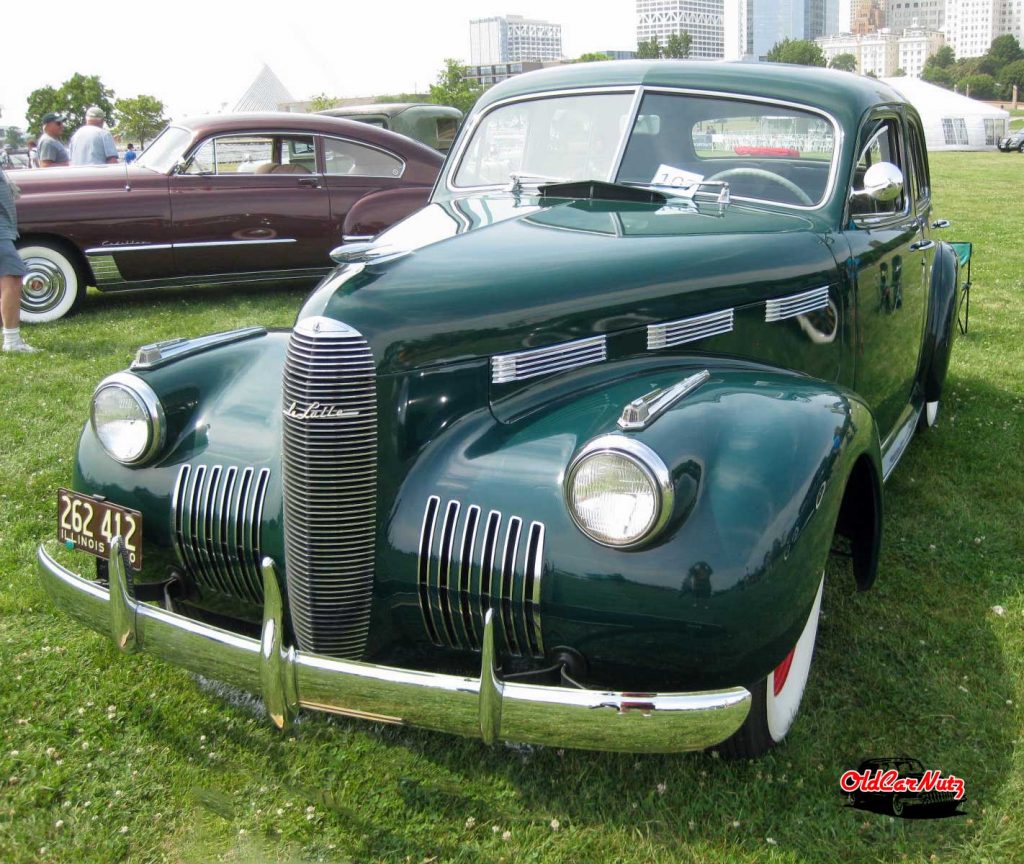
While many luxury cars of the era focused purely on comfort, the 1940 LaSalle Series 52 achieved engineering excellence through its robust 322 cubic inch L-head V8 engine. This powerplant delivered 125-130 horsepower at 3,400 rpm, complemented by a refined two-barrel Carter carburetor system that balanced performance with efficiency.
The drivetrain showcased thoughtful engineering through its synchronized three-speed manual transmission, featuring carefully calculated gear ratios for smooth operation. A Hotchkiss-type differential with 3.92:1 ring gear ratio efficiently transferred power to the rear wheels.
The Saginaw steering system, with its precise 19:1 ratio, provided responsive handling despite the car’s substantial weight. The car’s performance capabilities were further enhanced when the original engine was replaced by a war-surplus tank engine in the early 1950s. These mechanical elements worked in harmony, supported by a Fisher-designed chassis that demonstrated LaSalle’s commitment to engineering sophistication.
Luxurious Interior and Comfort Features
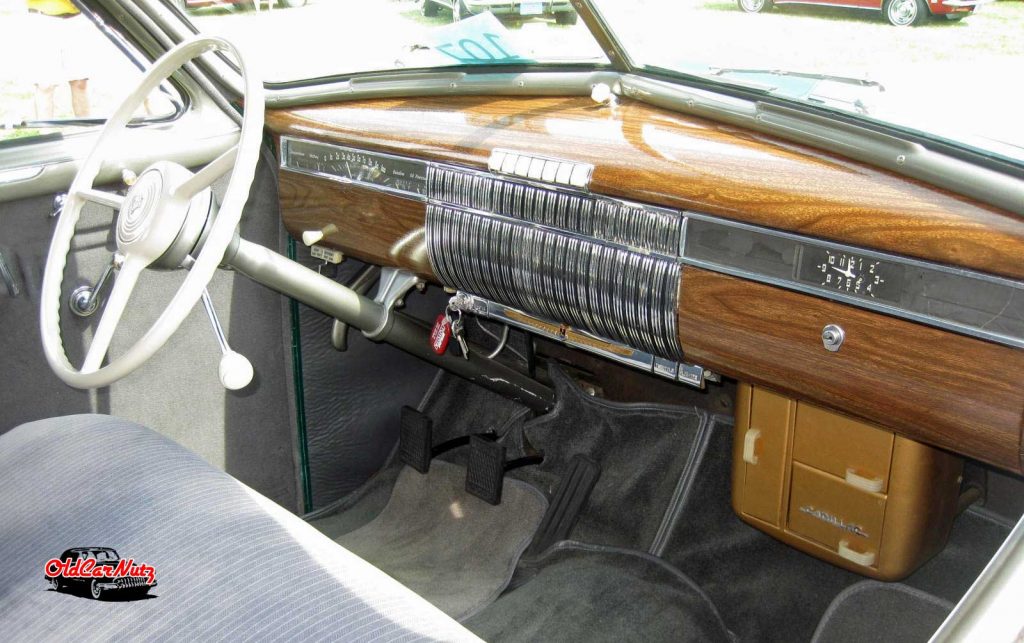
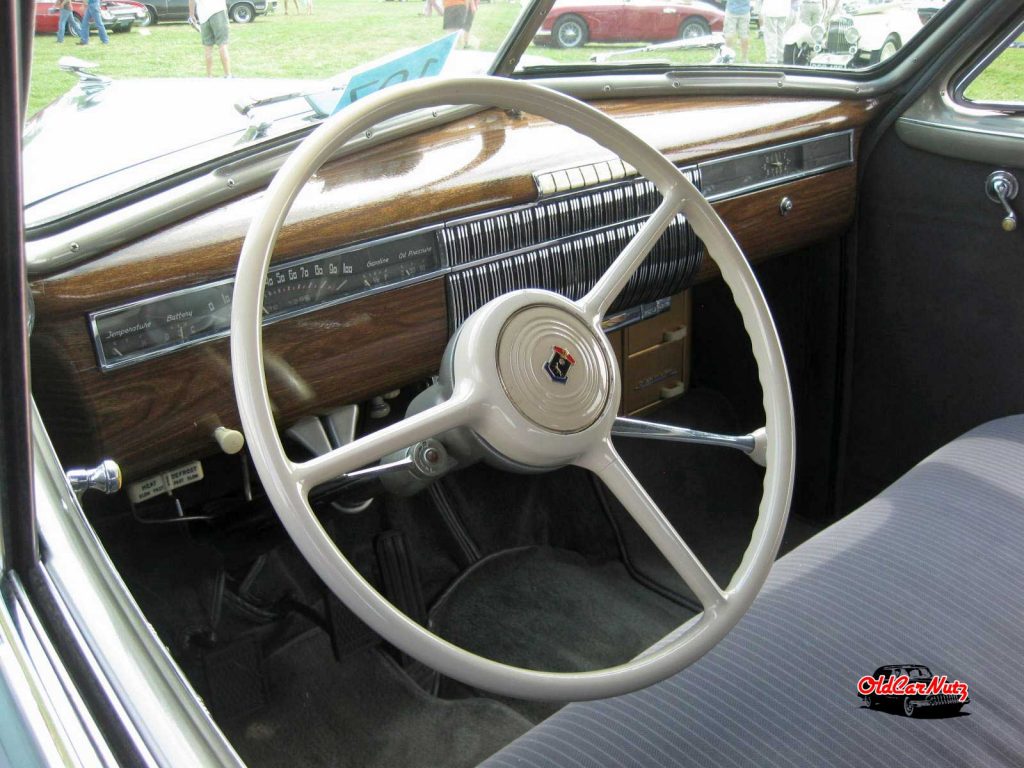
Inside the 1940 LaSalle Series 52, luxury emanated from every carefully crafted surface and material choice. The interior featured plush Bedford broadcloth upholstery in coordinated tan hues, covering both front and rear bench seats designed to comfortably accommodate three passengers each.
The single 2-barrel carburetor provided optimal fuel delivery for smooth, responsive acceleration during driving. A thoughtfully positioned column shifter maximized front seat space while reducing driver fatigue during long journeys.
The cabin’s refined ambiance stemmed from its attention to practical comfort. Quality materials, including matching door panels with leatherette accents, created a unified aesthetic throughout.
Fisher coachwork brought superior craftsmanship to special coupe models, while strategic noise insulation dampened road sounds. The interior’s ergonomic layout, combined with soft, durable seating surfaces, delivered the premium experience expected from LaSalle’s prestigious nameplate.
Performance and Driving Experience
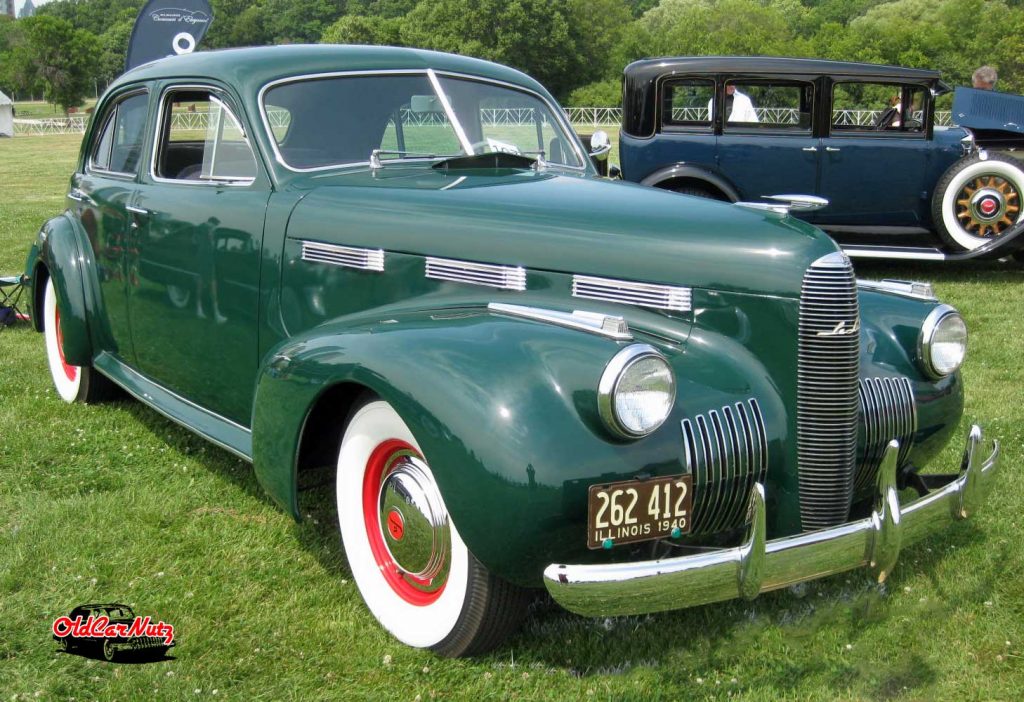
The 1940 LaSalle Series 52 backed up its luxurious interior with substantial mechanical prowess. Its front-mounted L-head V8 engine, displacing 322 cubic inches, delivered 125-140 horsepower through a capable 3-speed manual transmission.
The rear-wheel-drive setup, combined with a lengthy 123-inch wheelbase, provided stable handling characteristics typical of luxury vehicles from this era. The car’s impressive handling rating of +35 contributed to its reputation as a well-balanced luxury automobile.
While its estimated top speed of 85-95 mph was competitive for its time, the LaSalle Series 52 emphasized comfortable cruising over sporty performance.
The car’s weight of approximately 3,600 pounds influenced its acceleration, while drum brakes on all wheels managed the stopping duties.
Despite period technology limitations, the V8 engine offered sufficient power for confident highway travel, and the manual transmission provided engaging driver control through all driving conditions.
Historical Impact and Market Position
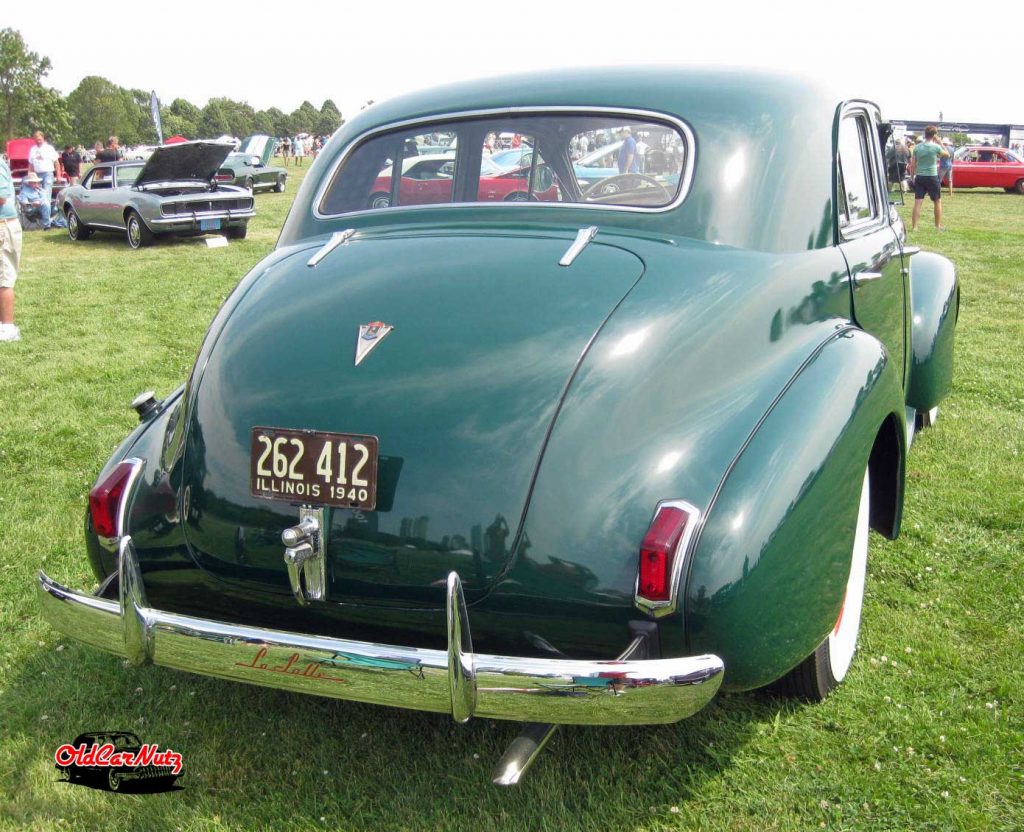
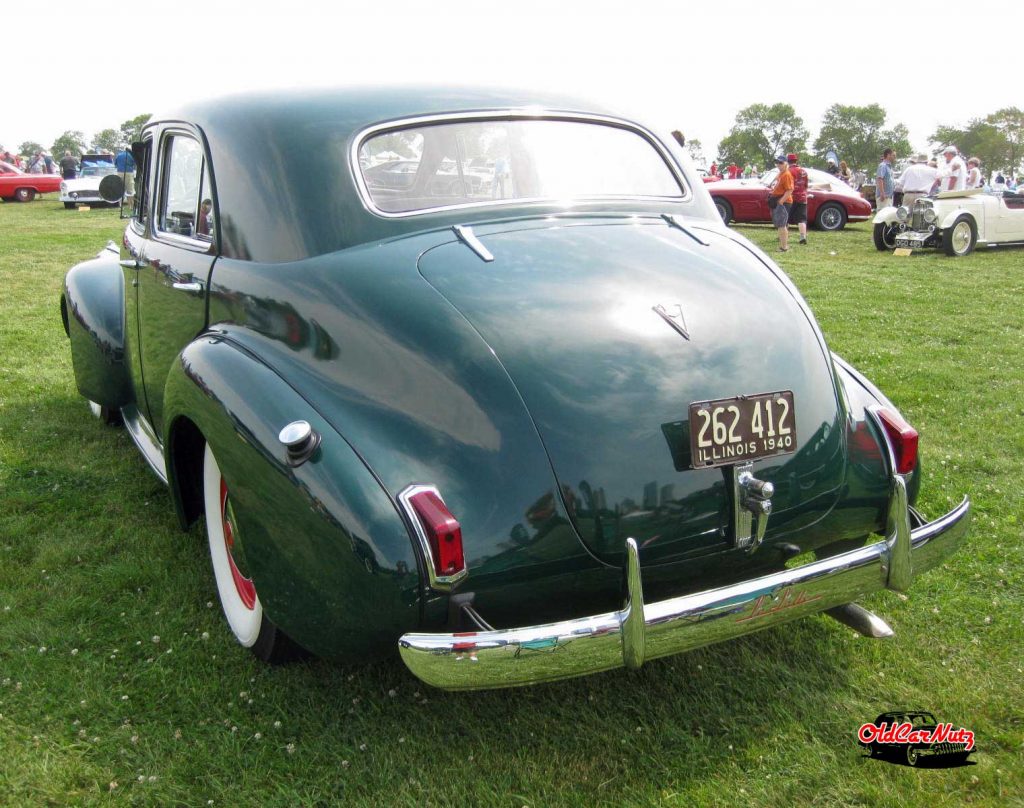
As General Motors’ bridge between Buick and Cadillac, the 1940 LaSalle Series 52 marked a significant milestone in automotive history. The model achieved remarkable success, outselling Cadillac with 24,133 units compared to Cadillac’s 12,984 that year.
Its pricing strategy, ranging from $1,380 to $1,895, perfectly targeted upper-middle-class buyers seeking luxury without the Cadillac cost.
The Series 52’s market position proved complex and fascinating. While competing against prestigious Packard and Cadillac models, LaSalle carved its niche through distinctive styling and urban appeal. The vehicle’s iconic design featured a lower and wider body compared to its predecessor, the Series 50.
Despite strong sales and clear market acceptance, GM made the strategic decision to discontinue the brand after 1940.
Today, surviving Series 52 models command impressive auction prices, ranging from $11,000 to over $100,000, reflecting their historical significance and collector appeal.
Collectibility and Modern Appeal
Driving impressive auction values in recent years, the 1940 LaSalle Series 52 has emerged as a highly sought-after collector’s item among pre-war American luxury automobiles.
With auction prices ranging from $11,000 to $181,500, the model demonstrates remarkable market strength, particularly for well-preserved examples with original features.
The Series 52’s appeal extends beyond its investment potential. Its manual transmission and left-hand drive configuration attract enthusiasts seeking authentic vintage driving experiences.
Modern collectors value the car’s distinctive pre-war design elements, including its formal styling, balanced proportions, and signature LaSalle grille.
The vehicle’s status as a Cadillac companion brand adds further prestige, while its availability in various conditions welcomes both restoration hobbyists and seasoned collectors to the market.
Closing Thoughts
The 1940 LaSalle Series 52 stands as a testament to General Motors’ commitment to luxury and innovation during the pre-war era.
Although its production run ended shortly after, this elegant automobile combined sophisticated engineering with art deco styling that influenced automotive design for decades.
Its legacy lives on through preserved examples that showcase the perfect balance of performance and refinement that defined LaSalle’s final year of production.


